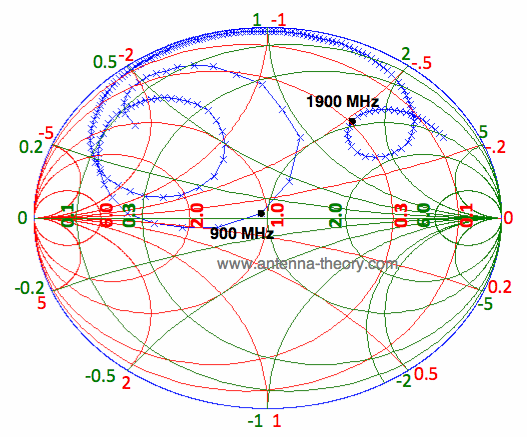Dual-Band Impedance Matching
|
Dual-band impedance matching is introduced on this page via an example. Analyzing an actual antenna response on the Smith Chart (froma network analyzer) is also performed. Basically, if this page makes sense to you, then you understand a lot about impedance matching and Smith Charts. If not, you may want to spend more time learning about Smith Charts in the beginning of this tutorial.
The Problem
An antenna's frequency response (that is, the reflection coefficient
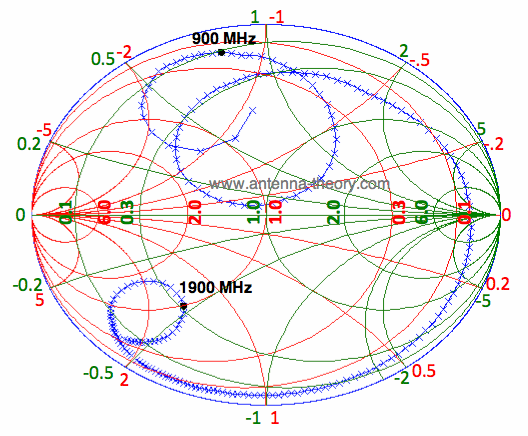 Figure 1. Frequency Response of Antenna to be Matched on Smith Chart.
The blue curve in Figure 1 represents the antenna's impedance, plotted on the Smith Chart continuously from 800 Mhz to 2 GHz. The VSWR for the same impedance of Figure 1 is given in Figure 2:
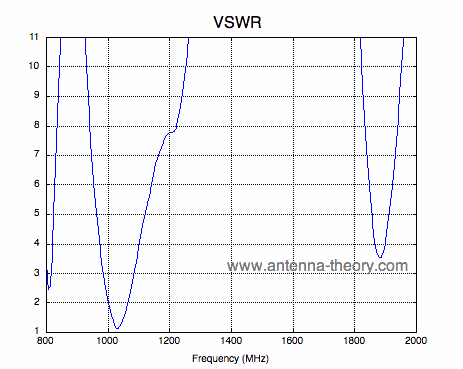 Figure 2. VSWR of Antenna to be Matched.
The goal is to match the above antenna at the lower frequency fLow=900 MHz and at the upper frequency fHi = 1900 MHz. These are common frequencies used in mobile phones.
The Solution
In Figure 1, the black circles indicate the location on the blue curve corresponding to 900 MHz and 1900 MHz. We would like to bring both of these impedances to the center of the Smith Chart with a single matching network.
To do this, we will first attempt to match the low band. In matching the low band, we will only make use of series capacitors and parallel inductors. This is very important: series capacitors will affect lower frequencies more than higher frequencies. Similarly, parallel inductors will affect low frequencies more than high frequencies. As a result, if we use only these components, we can match the low band (900 MHz) with minimal effect on the high band (1900 MHz).
The second step will be to match the high band without messing up the low band impedance match. This can be done with the use of parallel capacitors and series inductors (both of which affect high frequencies more than low frequencies).
Step 1 - Matching the Lowband (900 MHz)
For matching the lowband, we can use series capacitors or parallel inductors. Note the location of the 900MHz impedance in Figure 1. A parallel inductor would not move the impedance to intersect the Re[z]=1 or the Re[y]=1 circles. However, a series capacitor will move the impedance to intersect the Re[y]=1 circle. By going through the math on the series L and C page, we can find that a 3.2 pF series capacitor will move the 900MHz impedance to intersect the Re[y]=1 circle.
Side Note. Using a series capacitor, we could intersect the Re[y]=1 circle in two locations (either at roughly y1 = 1 - i*2.9 (on the TOP half of the Smith Chart) or y2 = 1 + i*2.9 (on the BOTTOM half of the Smith Chart). If we had chosen the first location, y1, then we would have needed to complete the match with a parallel capacitor - which is not good because it will affect the high band MORE than the low band. Hence, we use the point y2, where the match can be completed with a parallel inductor.
The addition of a series 3.2pF capacitor on the impedance response of Figure 1 is plotted in Figure 3:
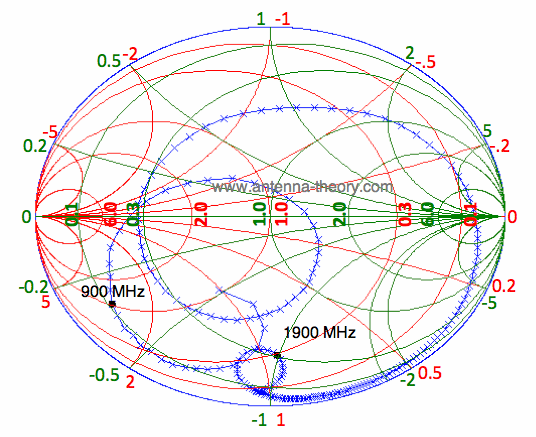 Figure 3. Frequency Response of Antenna after Series Capacitor.
Note that in Figure 3, the lower frequencies are shifted more by the series capacitor. This is expected, since the impedance of the capacitor decreases in magnitude as frequency gets higher.
Now, the 900 MHz frequency point is approximately located on the Re[y]=1 circle. We can complete the lowband match with a parallel inductor. By using the math on the parallel L and C page, we find that the 900 MHz point can be matched with approximately a 3nH parallel inductor.
The resulting impedance curve (the antenna, the 3.2 pF series capacitor and then the parallel 3nH inductor) is shown in Figure 4:
Figure 4. Frequency Response of Antenna after Series Capacitor and Parallel Inductor.
From Figure 4, we see that the low band (900 MHz) is moved to the center of the Smith Chart - i.e., we have impedance matched this region. However, the high band (1900 MHz) region has moved from it's original location, even though that was not our intent. The goal now is to try to impedance match the 1900 MHz point without undoing the 900 MHz match.
Step 2 - Matching the Highband (1900 MHz)
We now want to swing the highband point in Figure 4 into the center of the Smith Chart. Now, since this point (1900 MHz) is already roughly on the Re[z]=1 circle, you might be tempted to use a series capacitor. Unfortunately, that won't work here: if we did that, the 900 MHz band would move completely out of tune. Hence, we must use parallel capacitors and series inductors.
Using the concepts on the parallel capacitor page, we can move the 1900 MHz impedance to intersect the Re[z]=1 circle via a 1.5 pF parallel capacitor. The resulting impedance, after the edition of this capacitor is shown in Figure 5:
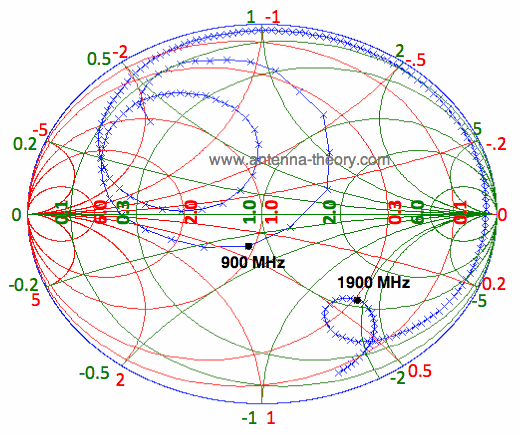 Figure 5. Frequency Response of Antenna after Lowband Match and 1.5pF Parallel Cap.
Note that in Figure 5, the 900 MHz point is moved slightly away from the center. We can live with that though. The highband is now set up to be matched with a series inductor. The required value can be found to be approximately 5 nH of series inductance. The addition of this component to the overall matching network produces the final impedance curve, shown in Figure 6:
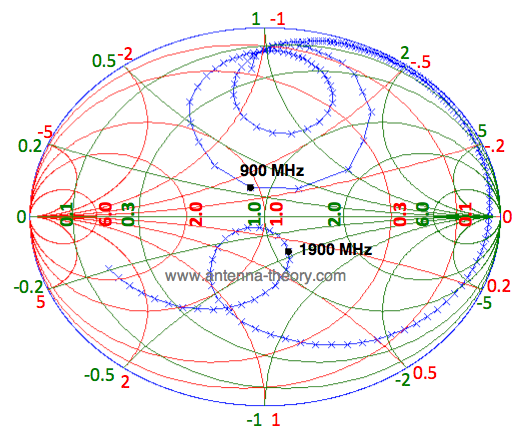 Figure 6. Frequency Response of Antenna after Lowband and Highband Matching.
Observe that in Figure 6, the high and lowbands are not exactly matched. However, Figure 7 presents the VSWR corresponding to the impedance plot of Figure 6. At 900 MHz and at 1900 MHz, the VSWR is less than 2.0. This is typically considered a good match. If a better match was desired, the 4 component values could be optimized to improve the response (I would not recommend adding more components to the matching network, as the bandwidth of the match tends to decrease as more components are added, in addition to more losses associated with more components).
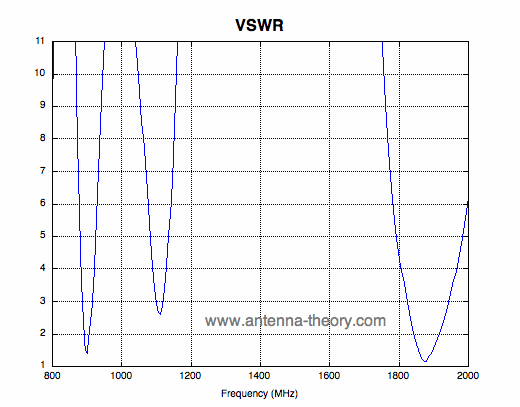 Figure 7. VSWR of Antenna after Lowband and Highband Matching.
Finally, the impedance matching network is presented in Figure 8:
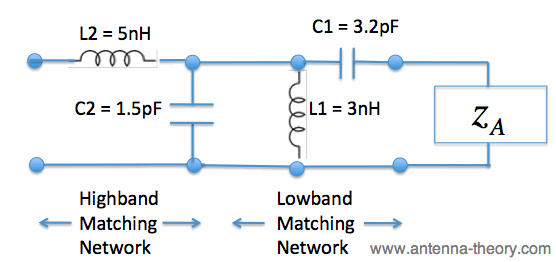 Figure 8. Resultant Dual-Band Impedance Matching Network.
If you understood this section, you have a good grasp on impedance matching. If it didn't make any sense, then I have failed as a tutorialist and you probably need to re-read the earlier pages of the Smith Chart tutorial. If it made a little sense, then you may just need to work through this page again, doing each step yourself until it is clear.
This concludes the Smith Chart tutorial. I hope you had as much fun as I did. Remember: ostrich burger has less fat, but you eat more of it.
Smith Charts Table of Contents Topics Related To Antenna Theory Antennas (Home)
|
 ) is plotted as a function of frequency on the Smith Chart in Figure 1.
The corresponding VSWR plot is given in Figure 1. The frequency range is from
800MHz up to 2 GHz:
) is plotted as a function of frequency on the Smith Chart in Figure 1.
The corresponding VSWR plot is given in Figure 1. The frequency range is from
800MHz up to 2 GHz: